A mortgage is a loan specifically used to purchase real estate. In a mortgage agreement, the buyer borrows money from a lender to buy a home or other real estate.
A fixed-rate mortgage has a constant interest rate and monthly payments that never change, while an adjustable-rate mortgage’s interest rate may change periodically.
A down payment is the amount of money you spend upfront to purchase a home, typically ranging from 3% to 20% of the purchase price.
PMI is a type of insurance that borrowers might be required to pay if they have a conventional loan and made a down payment of less than 20% of the home’s purchase price.
The interest rate determines how much you’ll pay over the life of the loan. Lower interest rates mean lower monthly payments and less total interest paid over the loan’s duration.
The Annual Percentage Rate (APR) is a broader measure of the cost of borrowing money, including the interest rate and other lender fees. It represents the true annual cost of the loan.
Lenders consider factors like credit score, income, employment history, and debt-to-income ratio to determine eligibility.
LTV is a metric that lenders use to determine risk. It’s calculated by dividing the mortgage amount by the appraised value of the property.
Closing costs are fees and expenses you pay when you close on your house, beyond the down payment. These can include title insurance, appraisal fees, and more.
Yes, refinancing is the process of obtaining a new mortgage to replace the original with the aim of securing a lower interest rate or reducing the term of the loan.
Escrow is an account held by a neutral third party where the funds are kept secure until the loan transaction is complete.


A point is a fee equal to 1 percent of the loan amount. Borrowers can buy points to lower their interest rate.
Underwriting is the process lenders use to assess risk by evaluating the property and the borrower’s financial stability.Underwriting is the process lenders use to assess risk by evaluating the property and the borrower’s financial stability.
Typically, it can take 30 to 45 days from application to closing, though this can vary based on several factors.
Pre-qualification gives an estimate of how much you might be able to borrow based on basic financial information you provide. Pre-approval is a more in-depth analysis and provides a more accurate figure and conditional commitment.
Common documents include proof of income, employment verification, credit history, personal assets documentation, and property appraisal.
Common documents include proof of income, employment verification, credit history, personal assets documentation, and property appraisal.
It’s possible, but a lower credit score might result in a higher interest rate. Some government-backed loans cater to borrowers with lower credit scores.
A mortgage broker connects borrowers with lenders. They can shop around for the best loan terms and rates for you.
A common rule of thumb is that your monthly mortgage payment should not exceed 28% of your gross monthly income.
Yes, but some mortgages may have prepayment penalties. Always check with your lender first.

Represented as Legacy Mortgage and Investment Corporation in the State Of California.